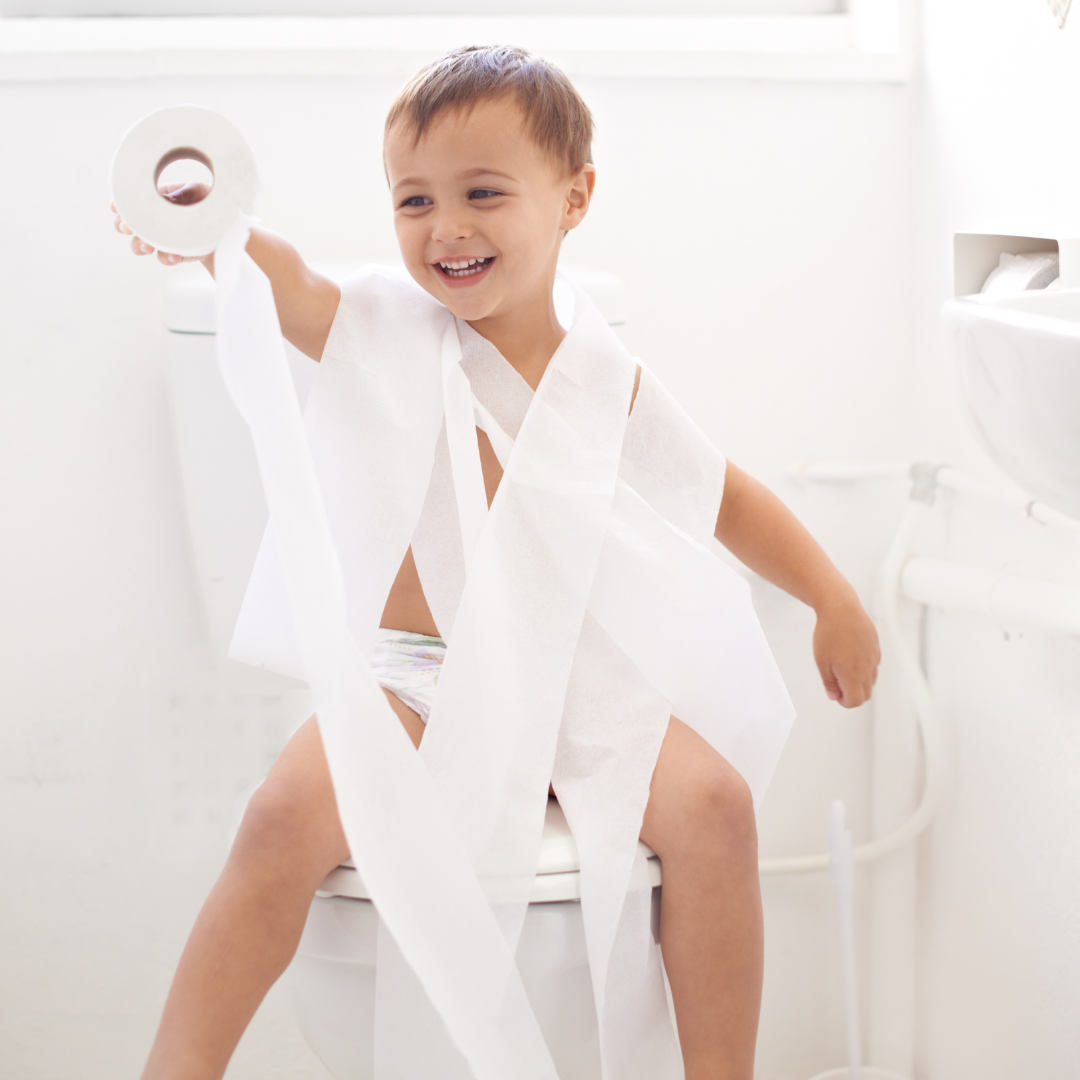Toilet training – is it different for boys and girls?
No matter what gender a child may be, toilet training is best left until a toddler is around two years of age. By then, most are capable of understanding what’s involved and can follow basic instructions.
No matter how clever a child, toilet training is about development of the nervous system, not their intellectual capacity. When left until the child is ready, toilet training is generally straightforward. When it’s started too early, it can take much longer to achieve.
Signs your boy or girl, is ready to begin toilet training
You may want to wait until your toddler shows signs of readiness, or you are keen to transition them out of nappies as soon as possible. Parents who have older children often find their toddler is ready to start toilet training at a younger age than their siblings. Role modelling is an important factor in toilet training, as well as needing to be very matter of fact about using simple words such as ‘wee’ and ‘poo’.

Linking the sensation of a full bladder or bowel and then releasing it into a potty or toilet can take repetition and practice. However, parents tend to become very good at recognising the signs their child is about to wee or poo. Shame and punishment do not work when toilet training toddlers.Praise, rewards and being consistent are the key to making toilet training as straightforward as possible.
Your toddler may be ready to start toilet training when they are:
- Able to ‘hold on’ and not wee or poo for two hours or more.
- Walking and more mobile.
- Starting to feel uncomfortable wearing a nappy and may try to get it off.
- Able to pull their pants up and down.
- Waking up dry after a sleep.
- Able to follow simple instructions.
- Recognising they want to wee or poo and can hold on until they get to the toilet.
Toilet or potty, which one?
Whatever works for you both is fine. Some parents don’t want to transition their toddler from a potty to using a toilet later on and start with the toilet from the beginning. Potties are easy to move around and can be less scary for toddlers than sitting on a toilet. There are no rules around what’s the better to use – some parents find a combination of both potty and toilet is fine.
No matter which you choose to use for your toddler, just make sure they can access it easily. A small stool or steps up to the toilet and insert will be helpful.
Is it necessary to train boys differently to girls?
Boys tend to take longer than girls to be toilet trained and to become dry at night. This is because of the way their body matures and their nervous system develops.
Many parents of boys encourage them to sit on the toilet when they’re learning. As they get older, they can be taught to stand and wee.It can take time for young boys to learn to hold their penis and control the flow of wee into the toilet. Some parents find it useful to mark an X at the back of the toilet bowl with an indelible marker as a spot to aim for. A ping-pong ball floating on the top of the water can work in a similar way.
5 useful toilet training tips
- It can be easier to start toilet training toddlers in the warmer months. Undressing is simpler and when the inevitable wetting/pooing happens, there’s less washing.
- Sit your child on the potty or toilet every couple of hours in the daytime and after meals.
- It can help for the same gender parent to take their child to the toilet with them when they go. Show them what’s involved and get them to do the same when you’re finished.
- Children need help wiping themselves until at least the preschool years. From the start of toilet training, teach your girls to wipe from front to back.
- Flushing the toilet, hand washing and drying are all parts of learning how to use the toilet.
Written for babyU by Jane Barry, Midwife and Child Health Nurse, August 2022.